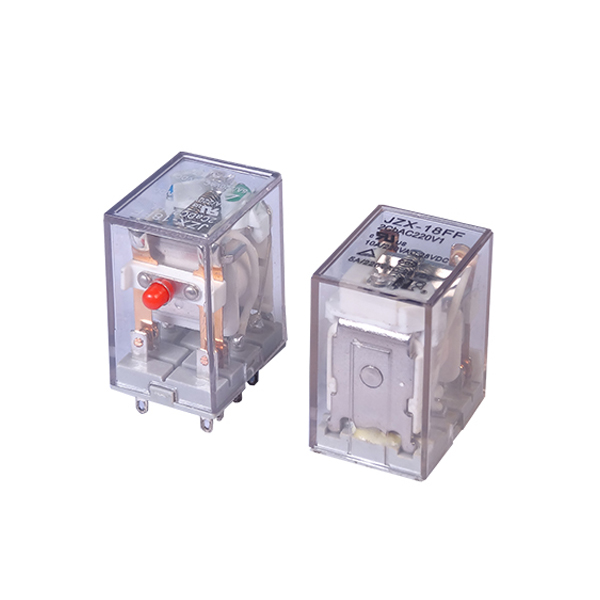Evaluating Response Time of General Purpose Relays for Heavy Power Switching and Its Impact on System Performance
2024-04-09
Introduction:
General Purpose Relays for Heavy Power Switching are essential components in electrical systems, facilitating the control and switching of high-power loads. One critical aspect of relay performance is response time, which refers to the time taken by the relay to transition from one state to another upon receiving a control signal. Understanding how to evaluate the response time of these relays and its impact on system performance is crucial for ensuring efficient and reliable operation. In this blog, we'll delve into the methods for evaluating the response time of General Purpose Relays for Heavy Power Switching and its significance in system performance.
1. Understanding Response Time:
Response time encompasses several key parameters that define the relay's switching characteristics:
- Pickup Time: Pickup time is the duration from the application of the control signal to the closure of the relay contacts, indicating the time taken for the relay to transition from the de-energized state to the energized state.
- Release Time: Release time is the duration from the removal of the control signal to the opening of the relay contacts, indicating the time taken for the relay to transition from the energized state to the de-energized state.
- Operate Time: Operate time is the total time taken by the relay to complete the transition from the de-energized state to the energized state, including both pickup and release times.
- Dropout Time: Dropout time is the total time taken by the relay to complete the transition from the energized state to the de-energized state, including both pickup and release times.
2. Evaluating Response Time:
Response time can be evaluated through various methods, including:
- Manufacturer's Specifications: Manufacturers provide response time specifications in datasheets or technical documentation for General Purpose Relays for Heavy Power Switching. These specifications indicate the relay's typical or maximum response time under specified operating conditions.
- Laboratory Testing: Response time can be measured experimentally in a laboratory setting using specialized equipment such as oscilloscopes or time interval analyzers. Test setups involve applying control signals to the relay and monitoring the response of the contacts to determine pickup, release, operate, and dropout times.
- Simulation Software: Advanced simulation software allows engineers to simulate relay operation and evaluate response time virtually. Simulation tools provide insights into the relay's behavior under different operating conditions and help optimize relay selection for specific applications.
3. Impact on System Performance:
Response time plays a crucial role in determining the overall performance and reliability of electrical systems. Its impact on system performance includes:
- Efficiency: Fast response times minimize delays in switching operations, ensuring efficient control over electrical loads and reducing system downtime.
- Accuracy: Precise response times contribute to accurate timing and sequencing of operations in control systems, enhancing system accuracy and repeatability.
- Stability: Consistent response times ensure stable and predictable relay operation, maintaining system stability and preventing erratic behavior or malfunction.
- Safety: Reliable response times are essential for ensuring safety in critical applications, such as emergency shutdown systems or fault protection circuits, where timely relay operation is crucial to prevent hazards or damage.
Conclusion:
In conclusion, evaluating the response time of General Purpose Relays for Heavy Power Switching is essential for assessing their performance and suitability for specific applications. By understanding response time parameters, employing appropriate evaluation methods, and considering its impact on system performance, engineers can select relays that meet the timing requirements of their applications and ensure efficient, reliable, and safe operation of electrical systems. Proper evaluation and optimization of response time contribute to enhanced performance, accuracy, and stability in diverse industrial and commercial applications.



